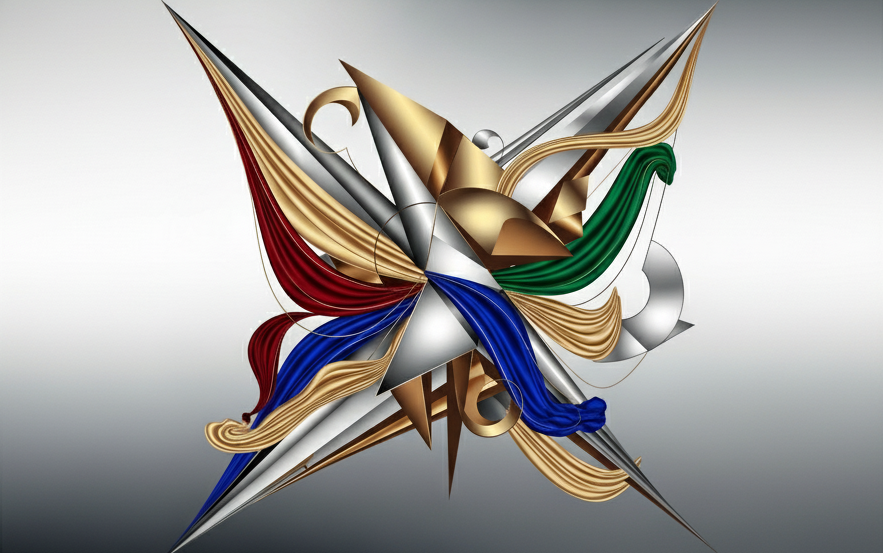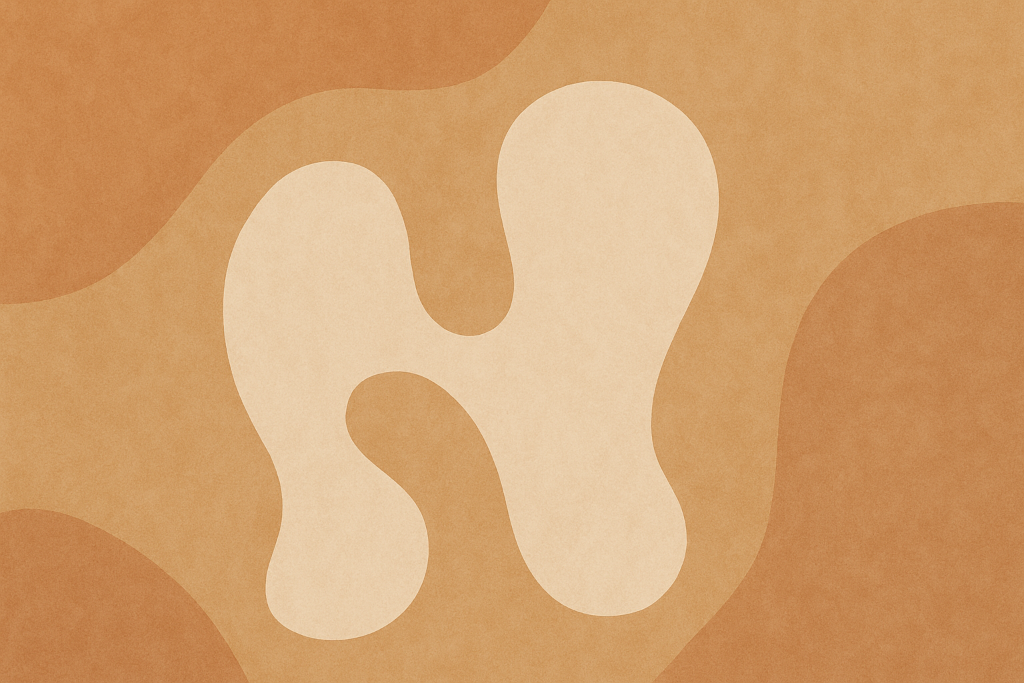Introduction
Fashion did not begin as the glamorous industry we know today. Its roots lie deep in prehistory, where clothing was first created out of necessity. Early humans clothed themselves for warmth, protection, and survival, but as time passed, garments became symbols of culture, identity, and status. This chapter explores the birth of fashion — from animal hides to linen robes — and traces how humanity’s earliest garments shaped the foundations of style.
1. The Earliest Clothing: Survival in Harsh Environments
Archaeological and genetic evidence suggests that humans began wearing clothing between 100,000 and 170,000 years ago. This conclusion comes partly from studying lice: the body louse, which depends on clothing to survive, diverged from the head louse around that time.
The very first garments were simple:
- Animal hides and furs were wrapped around the body to shield against cold climates.
- Plant fibers were twisted into cords and mats, sometimes tied around the waist.
- Skins were scraped clean with stone tools, softened by animal fat, and fastened with bone pins or sinew threads.
These early clothes were purely functional, but they marked the beginning of fashion as a human trait — the transformation of raw nature into culture.

Around 40,000 to 50,000 years ago, the invention of bone and ivory needles revolutionized clothing. With needles, people could stitch hides into fitted garments instead of simply draping them. This meant:
- Parkas, leggings, and boots were crafted to protect hunters in Ice Age Europe and Siberia.
- Clothing became tailored to the body, making it both warmer and more mobile.
- Decorative stitching and dyeing appeared — proof that clothing was slowly moving beyond utility.
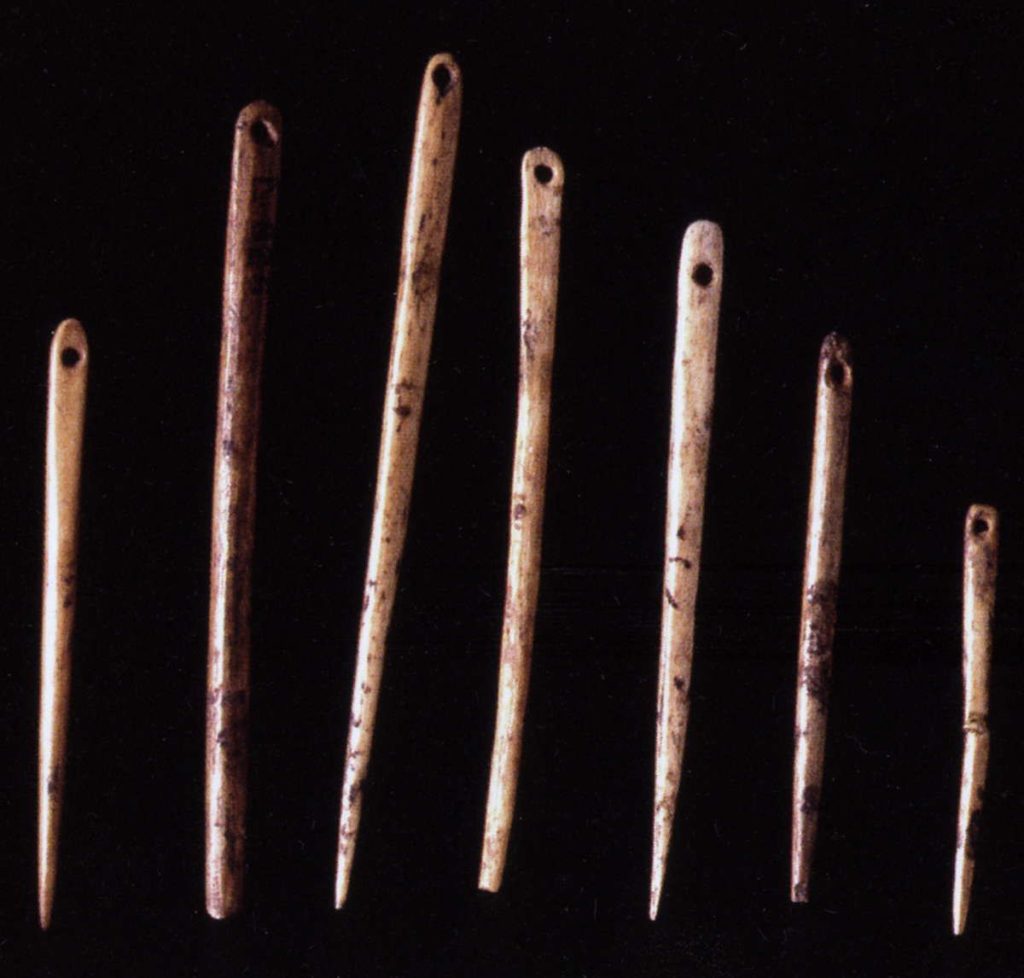
In southern Africa, dyed flax fibers dating to 36,000 years ago show that prehistoric people experimented with colors. The Venus of Lespugue, a figurine from 25,000 years ago, even depicts a skirt made of twisted fibers — one of the first hints of fashion symbolism.
3. Ancient Egypt: Linen and Social Status
One of the first great civilizations to refine clothing into an art form was Ancient Egypt (c. 3100–30 BCE).
- Egyptians wove linen from flax, a fabric perfect for the hot desert climate.
- Common people wore simple, undecorated tunics or loincloths.
- The wealthy elite displayed status with sheer, finely woven linen robes, pleated skirts, and elaborate jewelry.
- Clothing was not only practical but also spiritual — priests wore specific garments for rituals, and even in death, linen wrappings preserved the body through mummification.
The oldest known tailored dress, the Tarkhan Dress
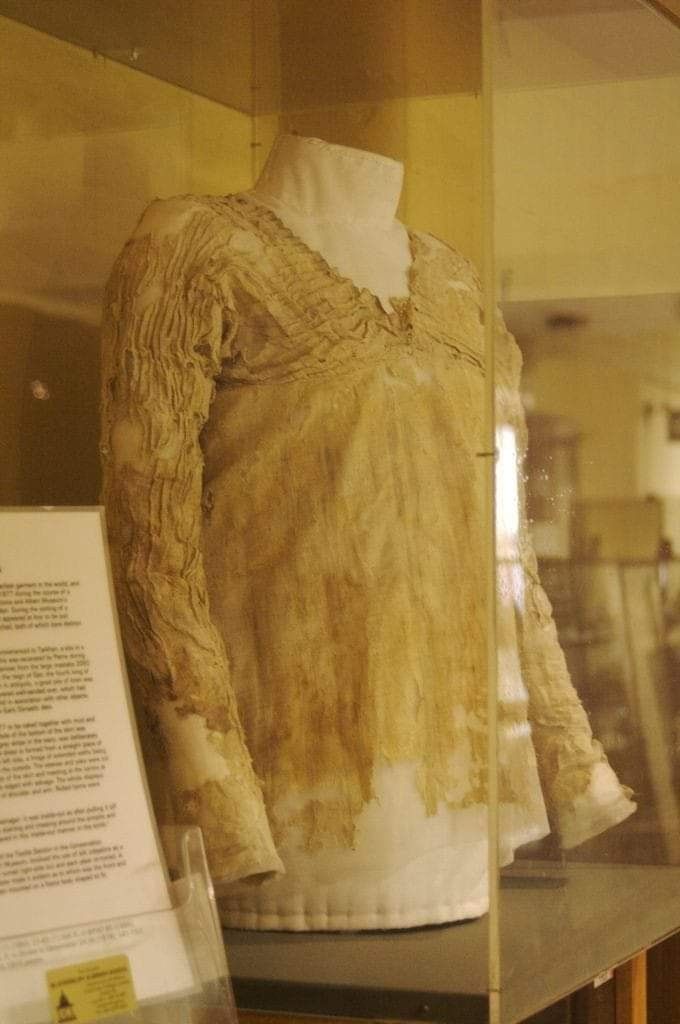
(c. 5,000 years old), was discovered in Egypt. Made from finely woven linen, it already featured sleeves and pleats — a surprisingly modern design for its age.
4. Mesopotamia and the Art of Drapery
In Mesopotamia (c. 3000–500 BCE), clothing reflected practicality and hierarchy:
- Men often wore kaunakes, a type of skirt made from tufted wool, resembling sheepskin.
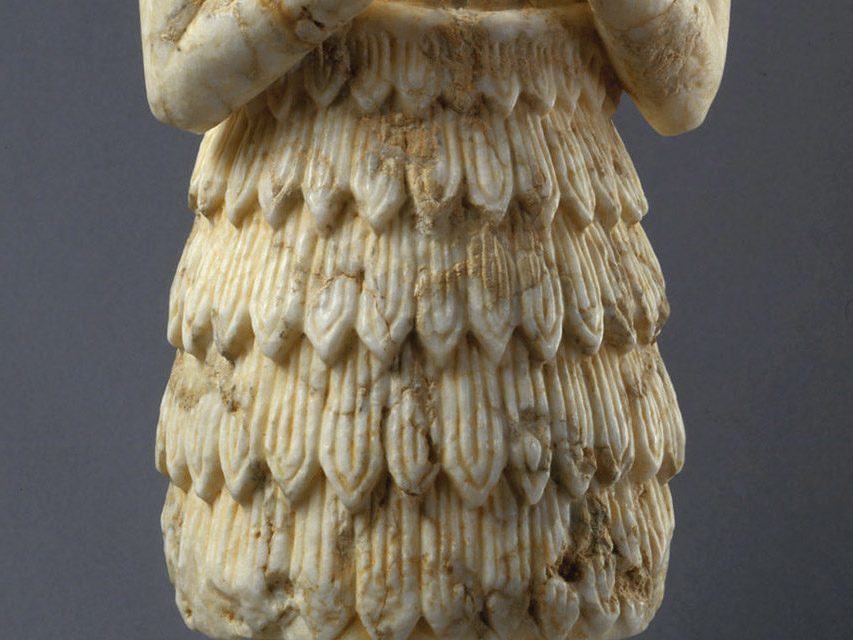
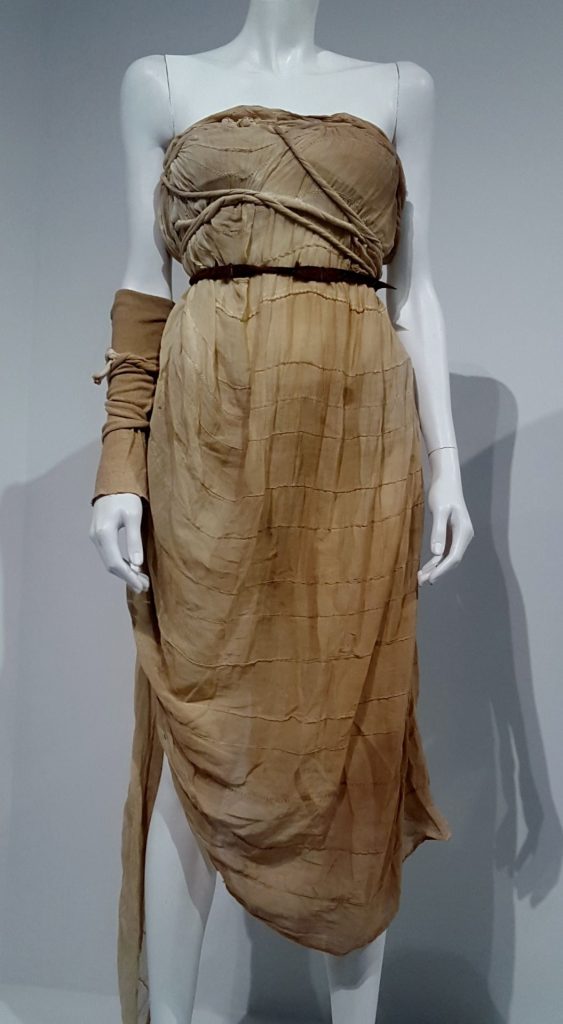
- Women draped long robes over their shoulders, belted at the waist.
- Priests and kings distinguished themselves with more elaborate versions, while slaves wore only simple wraps.
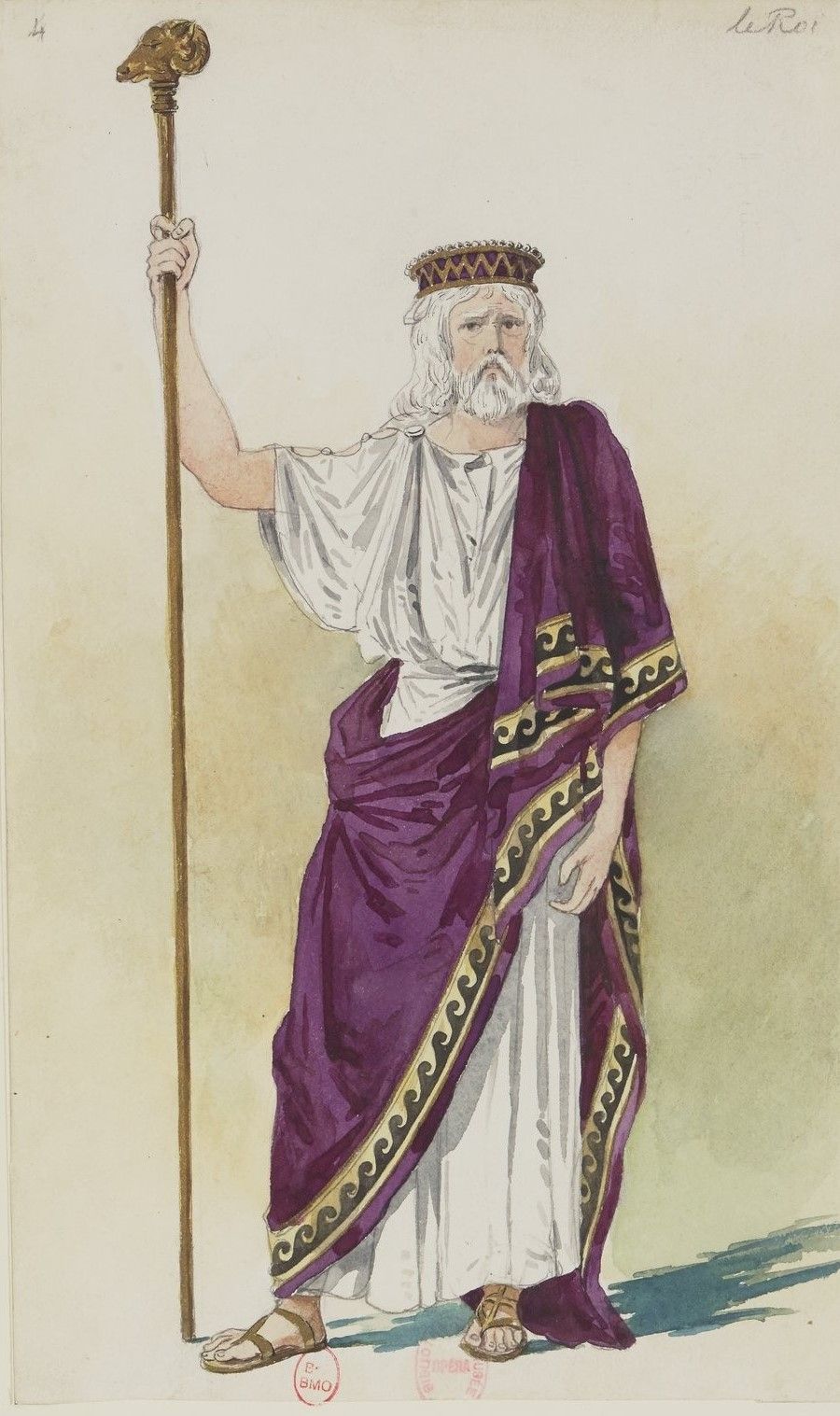
The invention of loom weaving allowed Mesopotamians to produce patterned fabrics, opening the door to early textile artistry.
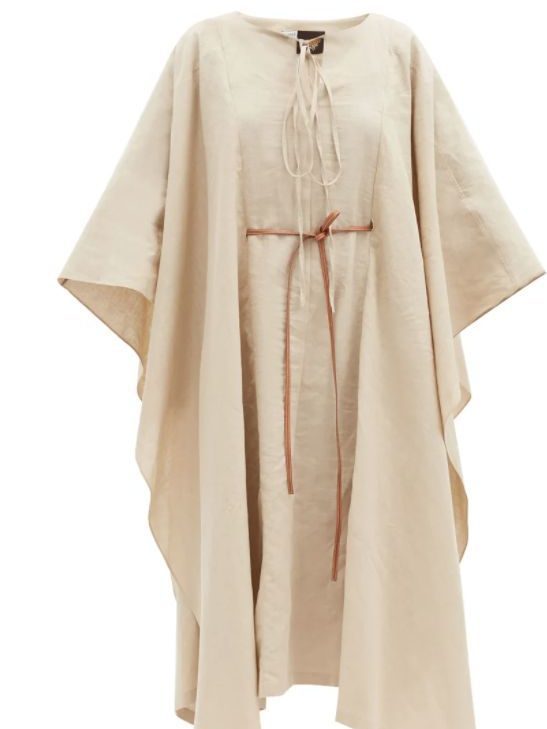
5. Early Greece: Elegance in Simplicity
By the time of Ancient Greece (c. 800–300 BCE), clothing was minimal yet elegant:
- The chiton, a rectangle of fabric fastened with pins at the shoulders, was the everyday garment.
- Men’s chitons were shorter, women’s reached the ankles.
- Over it, they might wear a himation (a cloak) for warmth or status.
- Clothes were often left unstitched, relying on clever draping, which symbolized harmony with nature and the human body.
Greek fashion expressed ideals of proportion and beauty rather than wealth alone.
Rome: Clothing as Citizenship
Romans inherited Greek styles but made them symbols of political identity.
- The toga became the garment of Roman citizens — only men of status could wear it.
- Women wore stolas, long dresses often layered with shawls.
- Soldiers and workers wore tunics, simpler and more practical.
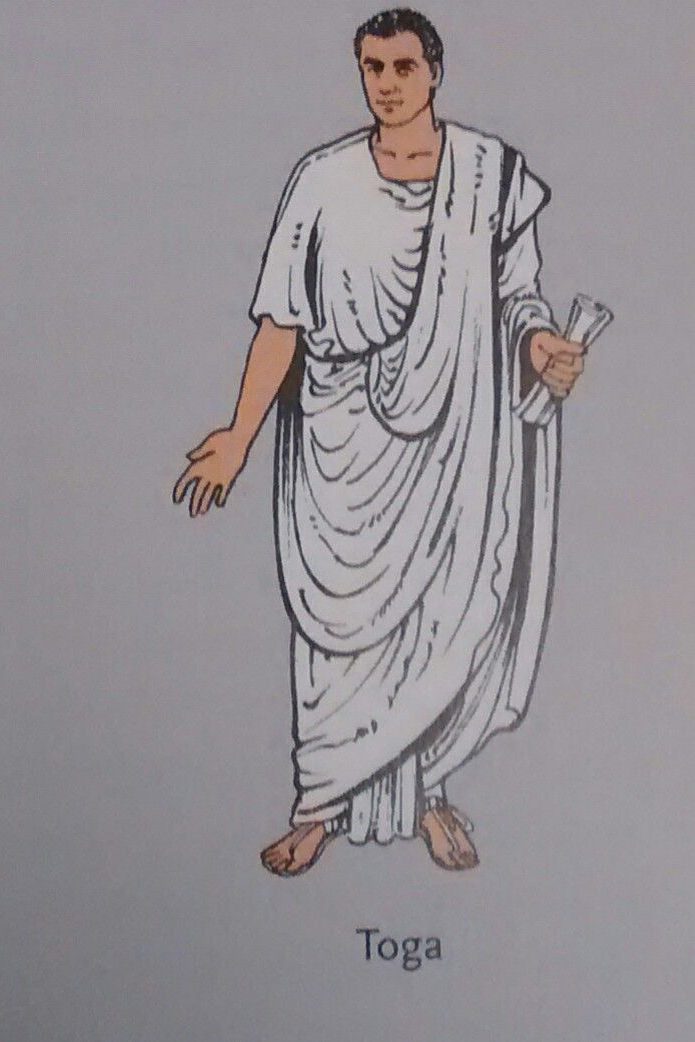
Here, fashion took on a powerful social function: your clothing revealed your rights, duties, and place in society.
7. Why It All Mattered
Clothing, from its very beginnings, was never just about survival. Every stitch, fabric, and drape carried meaning:
- Protection — against nature, weather, and hardship.
- Identity — belonging to a tribe, city, or empire.
- Status — distinguishing rich from poor, rulers from subjects.
- Spirituality — garments tied to rituals, life, and even death.
Fashion began as necessity, but it quickly became one of the most powerful languages humanity ever invented.
Conclusion
The first chapter of fashion’s story shows us a transformation: from furs scraped with stone tools to pleated linen gowns of Egyptian queens, from humble chitons of Greek peasants to Roman togas of senators. Each garment was more than fabric — it was a statement of survival, culture, and power.
This was the dawn of fashion, and its influence would only grow stronger with every new civilization and century.
